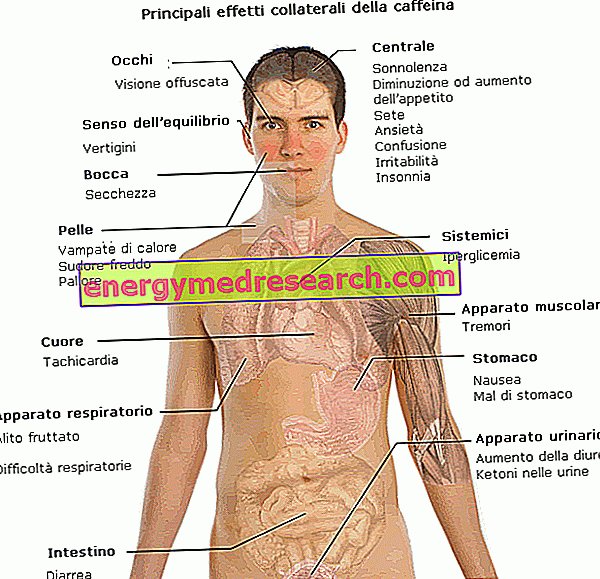Natural rubber
Latex (or latex) is the raw material from which innumerable natural rubber products originate: it is a milky liquid with a rubbery and extremely elastic consistency, extracted from some superior plants (angiosperms). Due to its extraordinary properties, latex is widely used in the health, construction and domestic sectors, as well as in the toy sector.

Generality
The tropical rubber tree ( Hevea Brasiliensis or rubber tree) is the primary source from which latex is extracted.

The latex is obtained from the incision of the trunk of some angiosperms: the liquid flows in a complex system of canals and canaliculi inside the plant, precisely in the "laticiferous" vessels of roots, stems, stem, leaves and (sometimes) fruits. Inside these ducts, the latex is subjected to a certain pressure: this explains why, following a small incision in the shaft of a rubber tree, the latex gushes and gushes easily. When in contact with air, the liquid is altered and tends to coagulate.
From the chemical point of view, latex is a complex emulsion consisting of:
- water (60%)
- rubber (35%)
- proteins and enzymes (3%) → eveine proteins are allergens involved in allergic reactions to latex
- other molecules: resins, hydrocarbons, starch granules, secondary metabolites (alkaloids), inorganic salts (2%)
The composition of the latex just reported is approximate: each species from which the latex is obtained has its own specific mixture of substances.
Latex has a rubbery and extremely elastic appearance. The latex proper (latex) has a milky-white appearance, although it is often orange-colored, yellowish or even red-purple. The milky liquid appears dense, viscous and sticky.
Properties and applications
Latex is extremely useful for the plant that produces it: the milky liquid, in fact, exerts excellent properties DEFENSIVE from the attack of herbivorous animals. The sticky consistency of latex allows the plant to trap many insects and small animals, preventing them from taking advantage of the plant itself.
The latex also exerts excellent ANTIBACTERIAL, anti-mold and fungicidal properties: for this reason, latex is a material widely used to make mattresses and countless sanitary items.
But the most important property - and the most well-known - recognized to latex is the ELASTICIZING one: it seems that this liquid is, by far, the most elastic known in nature. Immediately after being subjected to elongation or pressure, the latex summarizes its original shape: hence we can understand the reason why latex is widely used to make gloves and elastic bands.
The latex can be produced by synthesis, polymerizing the styrene monomer, which is subsequently emulsified with specific surfactants.
Latex is widely used as a raw material; during the manufacturing process, additives (thiuram, thiourea, ethyl carbamate), which are also involved in allergies, are often added to the latex.
There are countless objects in common use made with latex: just think that every year 7 million tons of latex are extracted, later exploited to make 40, 000 objects of every shape and every kind.
Let's see the most common in the table.
| CATEGORY OF MEMBERSHIP | OBJECTS |
| Furniture and objects for domestic use | Adhesives, hot water bottles, latex foam pillows, rubber bands, gloves, gaskets, window insulation, mattresses, shower curtains |
| Toys / baby products | Pacifiers, balloons, games, diapers, teats |
| garments | Belts, suspenders, gloves, shoes, elastic bandages, bras |
| Sporting objects | Boat accessories, underwater masks, balls, fins, sole for tennis shoes |
| contraceptives | Condoms, diaphragms |
| Mechanics | Tires |
| Objects for the hospital environment | Agocannulas, orthodontic appliances, bladder catheters, eye dropper droppers, adhesive suction pads, compression straps, tourniquets, urinary support bags, sphygmomanometer, stethoscope, endotracheal / nasopharyngeal tubes, artificial respiration valves, etc. |
| Chewing gum | The latex obtained from some particular trees ( Manilkara chicle, in Colombia and Dyera costulata, in Malaysia and in Thailand ) is used to make chewingum |
The objects shown in the table are just some of the countless products made with latex. An individual who is allergic to it must always bear in mind the list of "at risk" objects: serious allergic reactions to latex can degenerate into anaphylactic shock.
Latex and medical use
From the incision of the immature capsules of Papaver somniferum it is possible to extract the latex, from which, in turn, the opium is obtained.
Latex extracted from fig ( Ficus carica L) and celandine ( Chelidonium majus L) is also used for "therapeutic" purposes, as a natural remedy for treating warts and treating warts.



